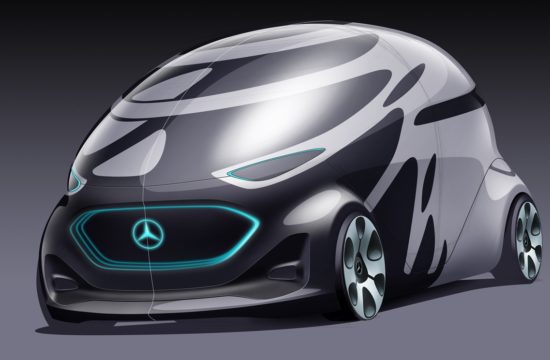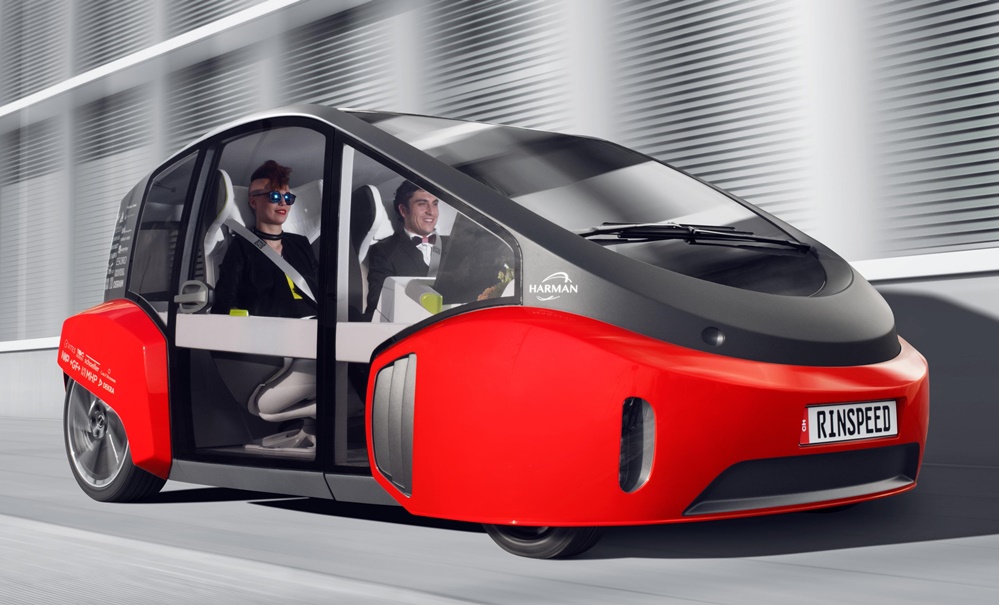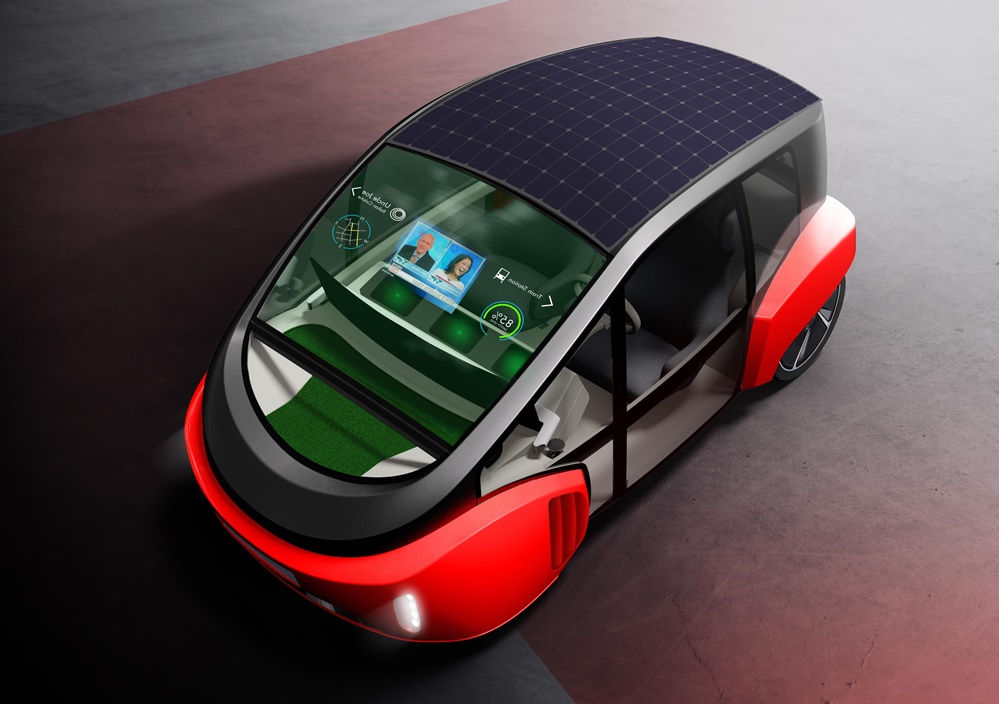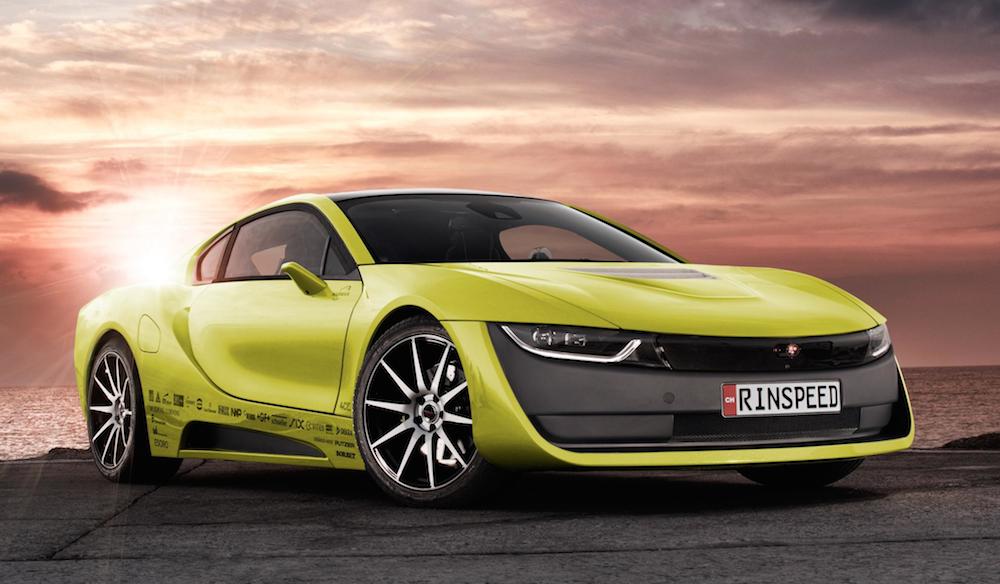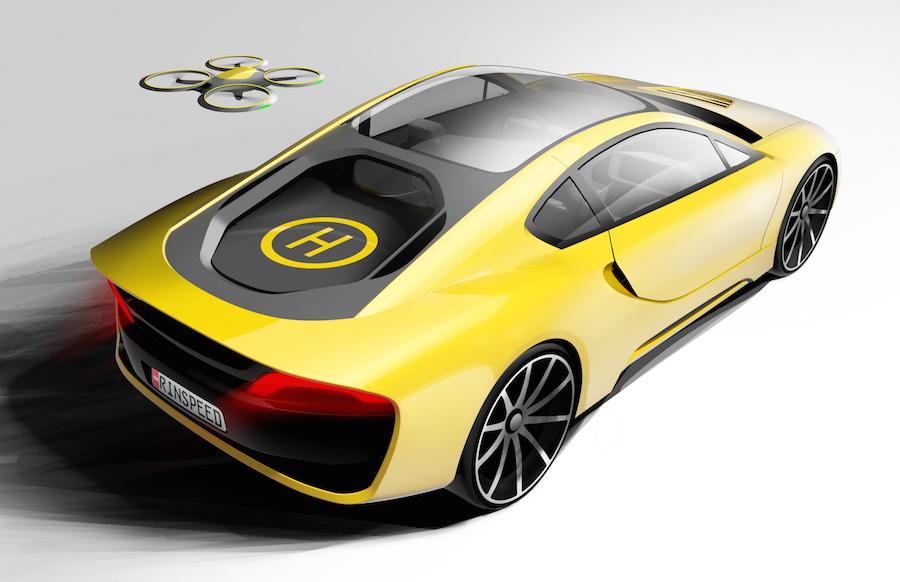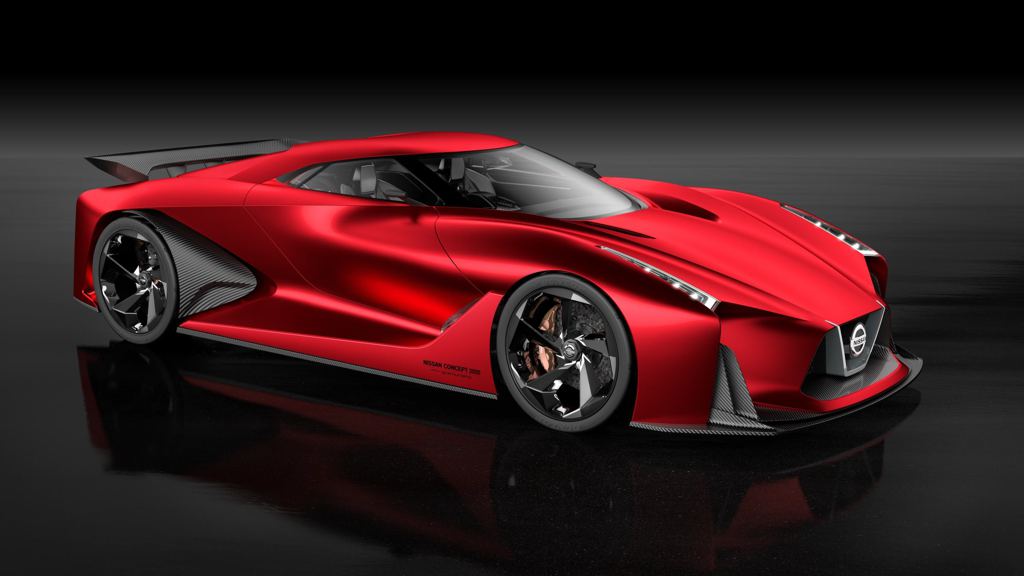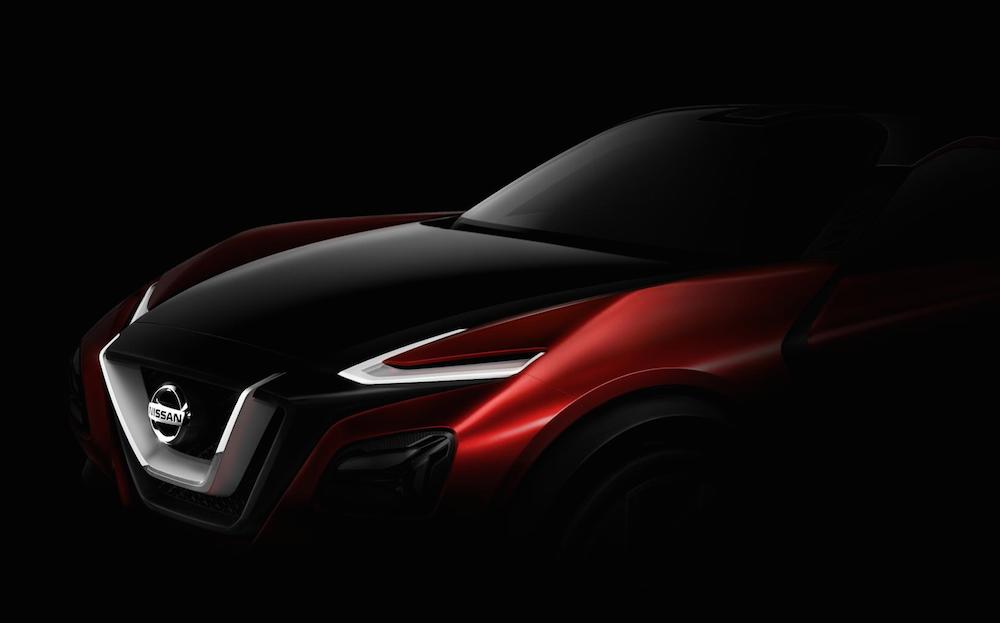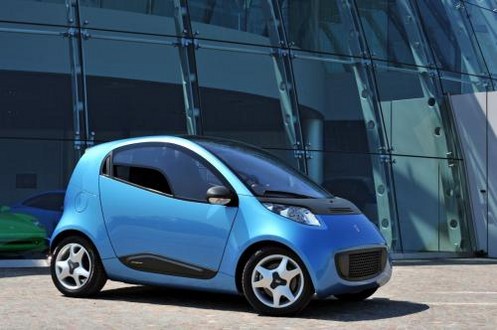
For most of us Pininfarina is synonymous with beautiful and outrageous Ferraris and multi million dollar one-off cars sporting an Italian V12. But to show they’re in tune with the time, they’ve come up with this thing you see here as their latest venue! It is the first prototype of their Nido Development Programme, a modular platform from which new types of hybrid and electric cars will be developed.
So the Nido, which by the way marks the celebrations of Pininfarina’s 80th anniversary, is a two-seater city car powered by an all-electric drivetrain. It has Synchronous with permanent magnetos electric motor backed by ZEBRA Z5 (Ni-NaCl) batteries, delivering 30 kW of power to the rear wheels.
That’s enough to take the Nido from zero to 60 KMH (not mph!) in 6.7 seconds and give it a top sped of 120 km/h. That’s fairly good for an urban commuter. The car also has a range of 140 km on a full charge, which takes up to 8 hours.
| Roominess | 2-seater City Car |
| Electrical drive Rear | Rear |
| Measurements (Length/Width/Height) | 2905/1683/1507 mm |
| 0-60 km/h acceleration | 6.7 sec |
| Top speed (limited electronically) | 120 km/h |
| Range fully charged | 140 Km |
| Weight empty (ready for road) | ~900 kg |
| Engine | Synchronous with permanent magnetos |
| Maximum power output | 30 kW |
| Maximum torque to wheels | 125 Nm |
| Drive battery | ZEBRA Z5 (Ni-NaCl) |
| Rated voltage | 278 V |
| Rated capacity | 21.2 kWh |
| Charge time | 8 hours |
| Weight | 182 kg |
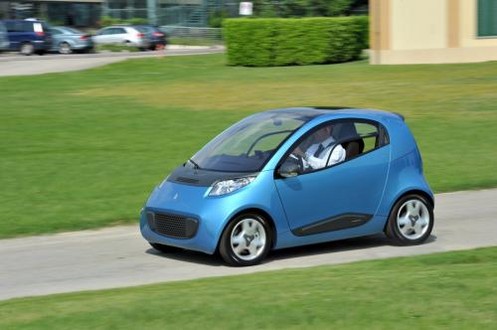
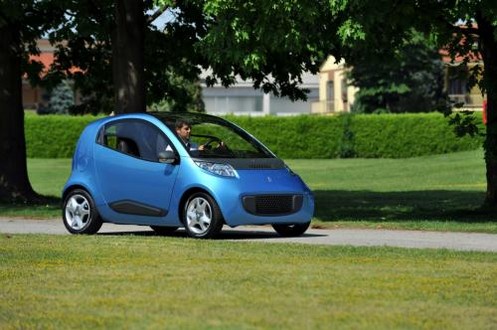
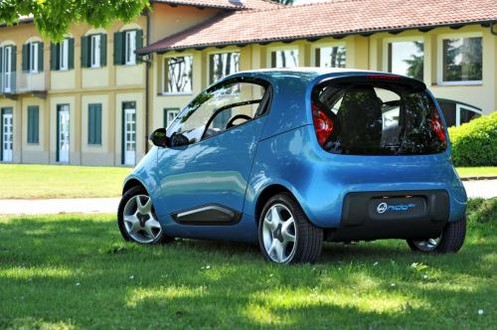
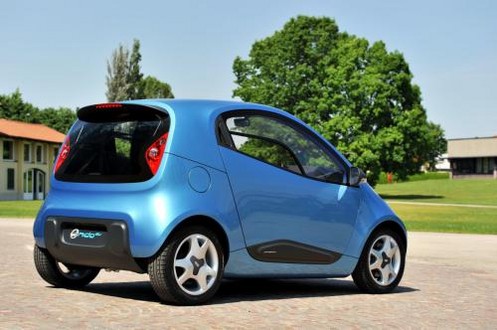
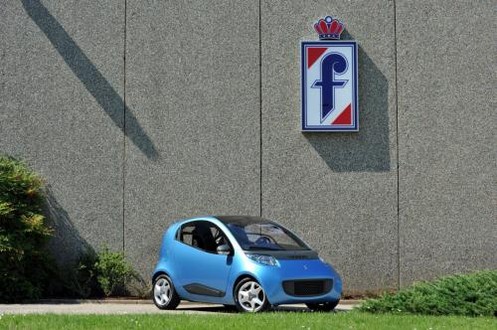
During the energy crisis of the 1970s, for example, the industry concentrated on aerodynamics and alternative sources of energy to reduce petrol consumption. Pininfarina replied by developing the CNR Energetica 1 prototype, with ideal aerodynamic bodywork. Those years also produced the Ecos, the first electric car developed by Pininfarina, underlining that it was on the cutting edge in an area that the motor industry had only begun to reassess recently. In the 1980s, Pininfarina research into the application of light materials resulted in the Audi Quartz and Lancia Hit prototypes, which explored the use of new and lighter metallic and compound materials. The 1990s brought greater understanding of environmental problems, more research in the field of recyclable materials and ergonomics, and a more efficient concept of how to “package” the vehicle. Pininfarina offered new solutions with the Ethos macro-project, a family of 3 cars with an aluminium chassis, recyclable resin bodywork and an innovative combustion engine with reduced emissions, building up to the Ethos 3EV in 1995, another zero emissions car. More recently, Pininfarina has focused its research on hybrid vehicles, with the Eta Beta and Metrocubo projects, two small cars with modular cabins that also tackle the problems of driving in town and on medium hauls. Then, in 2004, Pininfarina returned to the issue of safety, which it had touched on with the Sigma, Alfa Romeo P33 and Sigma Grand Prix prototypes, and in 2008 it proposed the Sintesi, a futuristic concept car powered by 4 fuel cells (one per wheel).
Today, with the new global crisis and the need to curb emissions and consumption, the opportunities offered by zero emissions urban mobility have grown significantly: the world is increasingly aware of the environment, and Pininfarina was the first industrial company in Italy, and one of the first in Europe, to propose a project for a 100% electric car, the BlueCar, developed jointly with the Bolloré company. Today, when all the large carmakers view the electric car as an opportunity, Pininfarina takes another step forward, promoting a new philosophy that incorporates the choice of individual and collective electric transport in the context of a new lifestyle that everyone should adopt in order to increase energy saving, and protect the planet. This is why sustainable mobility has become one of the pillars underpinning the Group’s activities. And it is also why the new Nido EV project is now being launched, in parallel with the BlueCar.

